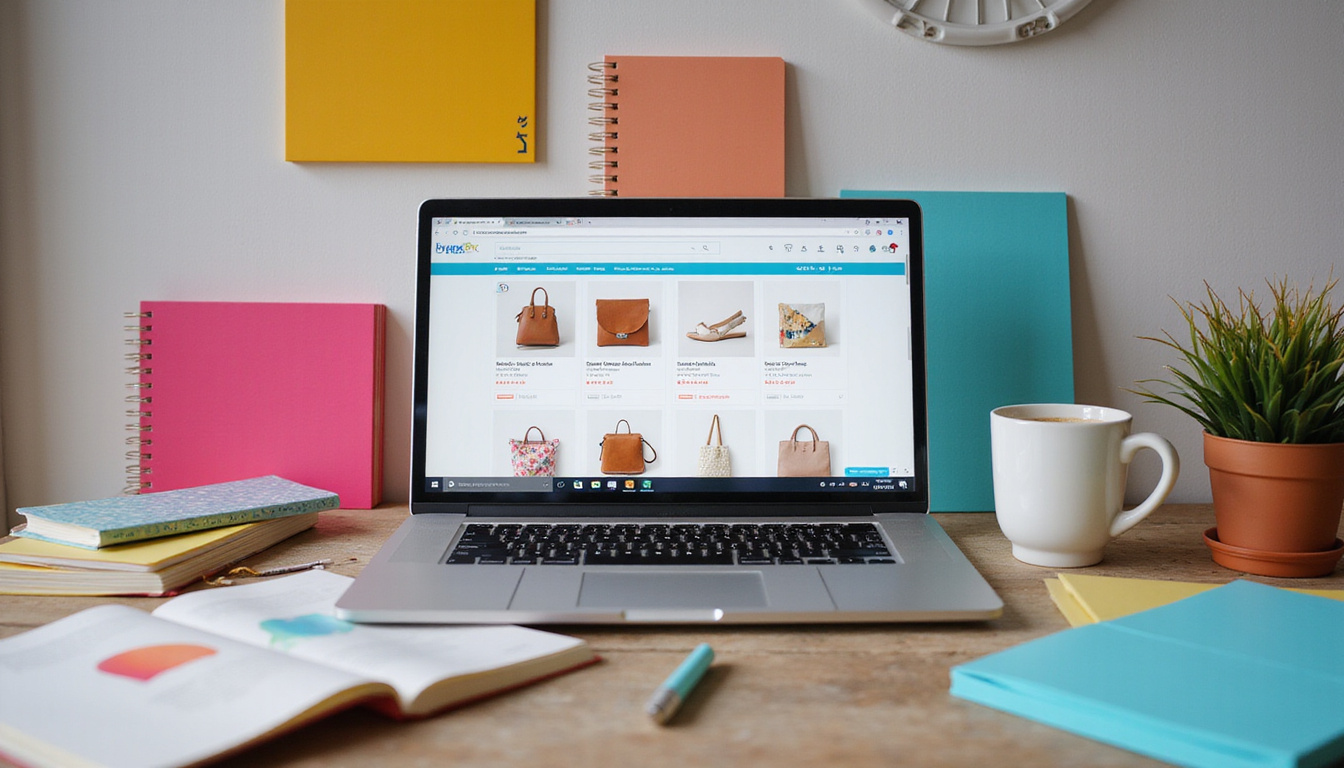
Local SEO (Search Engine Optimization) helps business owners attract more nearby buyers. This guide shows you clear steps to boost your local online presence. Try this recipe for success!
Ingredients:
- A computer or smartphone
- Access to the internet
- A Google My Business account (GMB)
- A website for your business
- Social media profiles (optional, but advised)
Instructions:
Step 1: Set Up Your Google My Business Account
- Visit the Google My Business page: Open Google My Business.
- Sign in or create an account: Use your Google account or make a new one if needed.
- Claim your business: Type your business name and follow the steps. If your business appears, show proof of ownership.
- Fill in your business details: Enter your business name, address, phone number, website link, and hours. Keep all data correct.
Step 2: Optimize Your Website for Local Keywords
- Find local keywords: Use tools such as Google Keyword Planner or Ubersuggest to get words people search for in your area (for example, "best coffee shop in [City]").
- Place keywords in your content: Change your website text to add these keywords to your homepage, service pages, and any blog.
- Add location-based text: Write posts or add pages about local events or features linked to your business.
Step 3: Keep NAP Details the Same
- Check your NAP: NAP means Name, Address, and Phone number. Confirm these details match on your website, GMB account, and social media.
- List your business in directories: Add your business to sites like Yelp and Yellow Pages. Keep your NAP entries the same for each listing.
Step 4: Gather and Manage Reviews
- Ask for reviews: Invite happy customers to leave good reviews on GMB or other review sites.
- Reply to reviews: Thank those who praise your service and answer any complaints with care.
Step 5: Use Local Link Building
- Work with local businesses: Connect with nearby businesses to build links.
- Join local events: Support or attend community events. Then ask local news sites or groups to add links to your website.
Step 6: Use Social Media
- Post clear content: Share regular updates on social media platforms that match your audience. Mention local news, deals, or events.
- Add local hashtags: Put location tags in your posts so local users can find you easier.
Step 7: Monitor and Adjust
- Watch your progress: Rely on tools like Google Analytics and Google Search Console to check website visitors, behavior, and ranking.
- Change your approach: If a method does not work well, tweak your plan based on the numbers.
Tips:
- Stay patient; local SEO takes time to work.
- Update your details if you move or change hours.
Conclusion:
With a bit of time and effort, local SEO helps your business reach more local buyers. Follow these clear steps and watch your customer base grow. Happy optimizing!







Leave a Reply